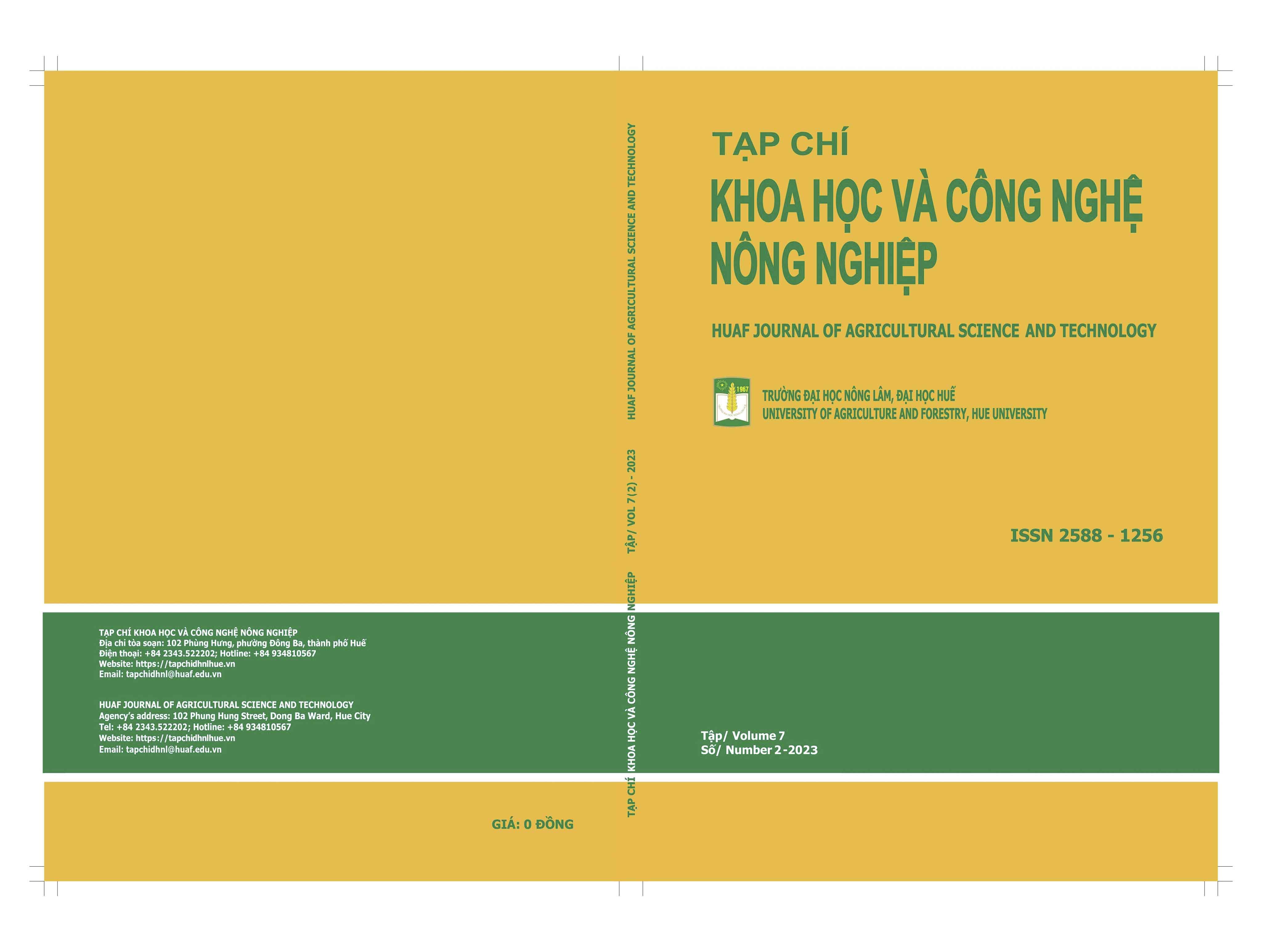##plugins.themes.huaf_theme.article.main##
Abstract
Rice husks (RH), an agricultural waste material from the rice milling process, was often dumped and/or open burned, causing greenhouse gas emissions or causing serious environmental pollution due to a huge amount of waste rice husks. However, pyrolising the RH under a limited supply of oxygen will yield rice husk ash (RHA), which shows excellent pozzolanic properties due to its high surface area, high amorphous nature, and compatibility with cement concrete and industrial silica fumes. The RHA derived silica depends on the time and temperature of the pyrolysis. In this paper, we investigate the effects of temperature and time to the efficiency pyrolysis process to derive silica from rice husk. In this study, rice husk samples were pyrolyzed at different temperatures of 700oC, 800oC, and 900oC. At each temperature, samples were pyrolyzed for 1hr, 2hrs duration. The results of XRD analysis indicated that the extraction efficiency of the pyrolysis process is 98%. Further research results could lead to the application of silica from RHA as a cost- and environmentally competitive alternative in the production of ordinary Portland cement and industrial silica fumes in the building materials industry.


